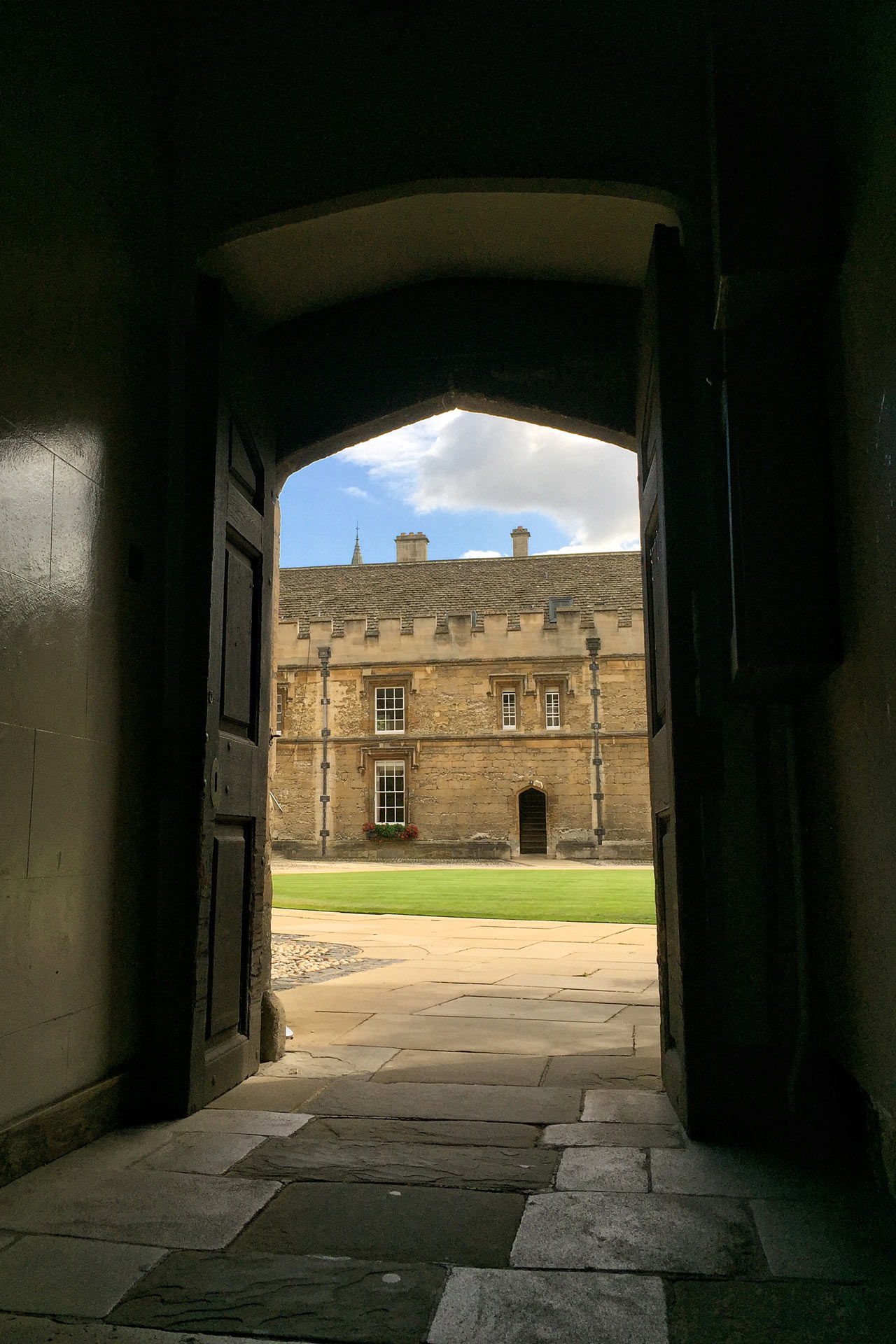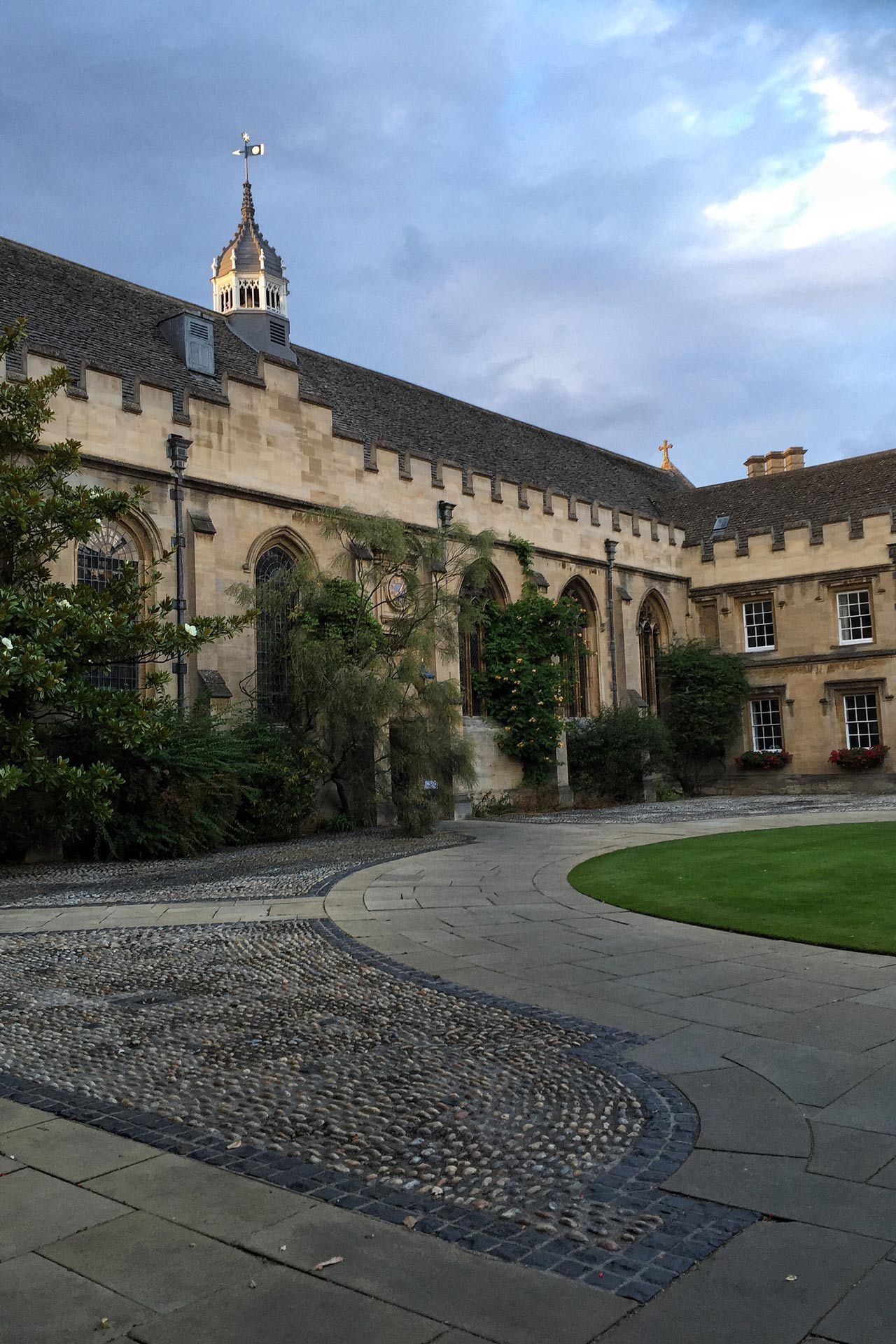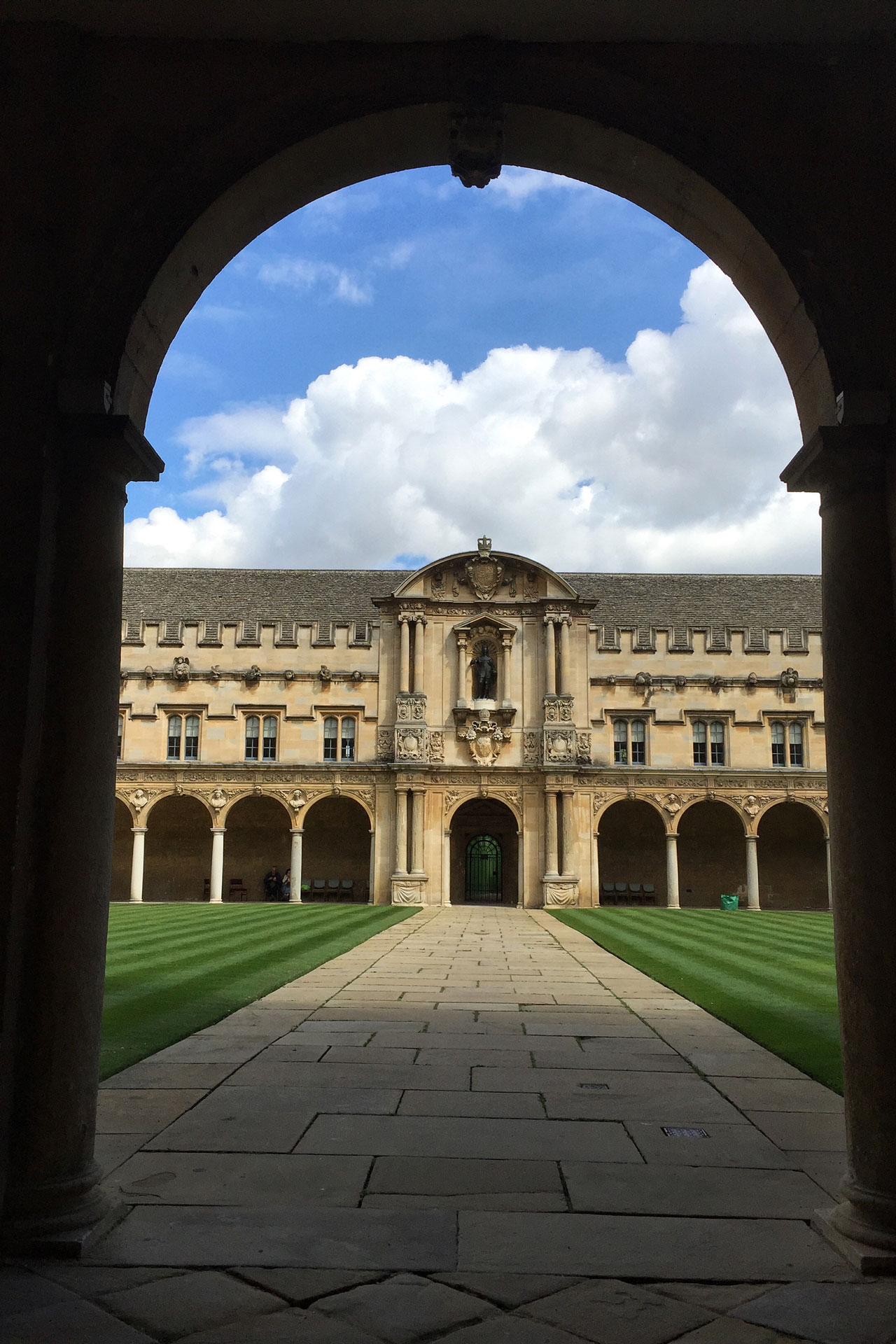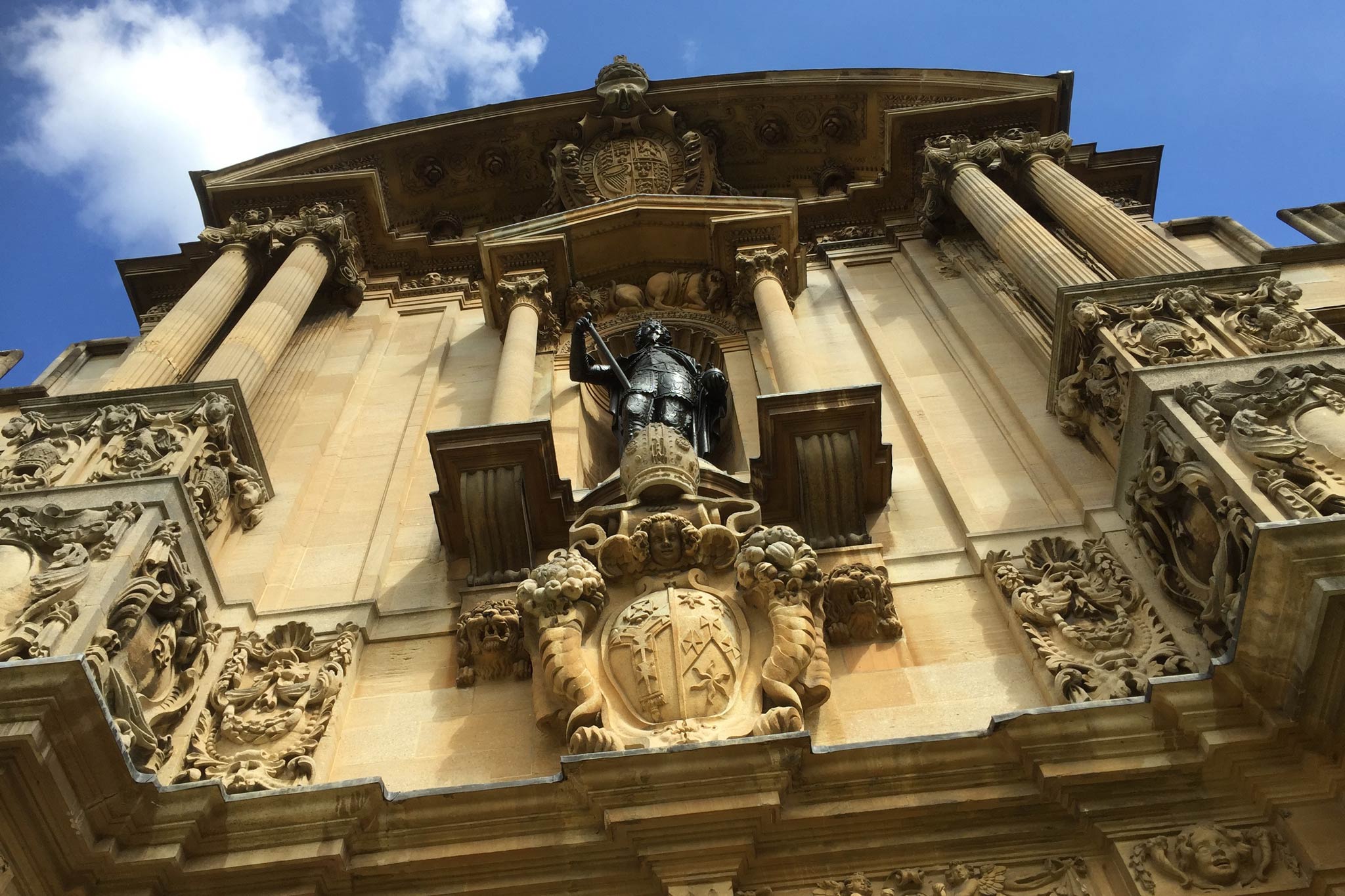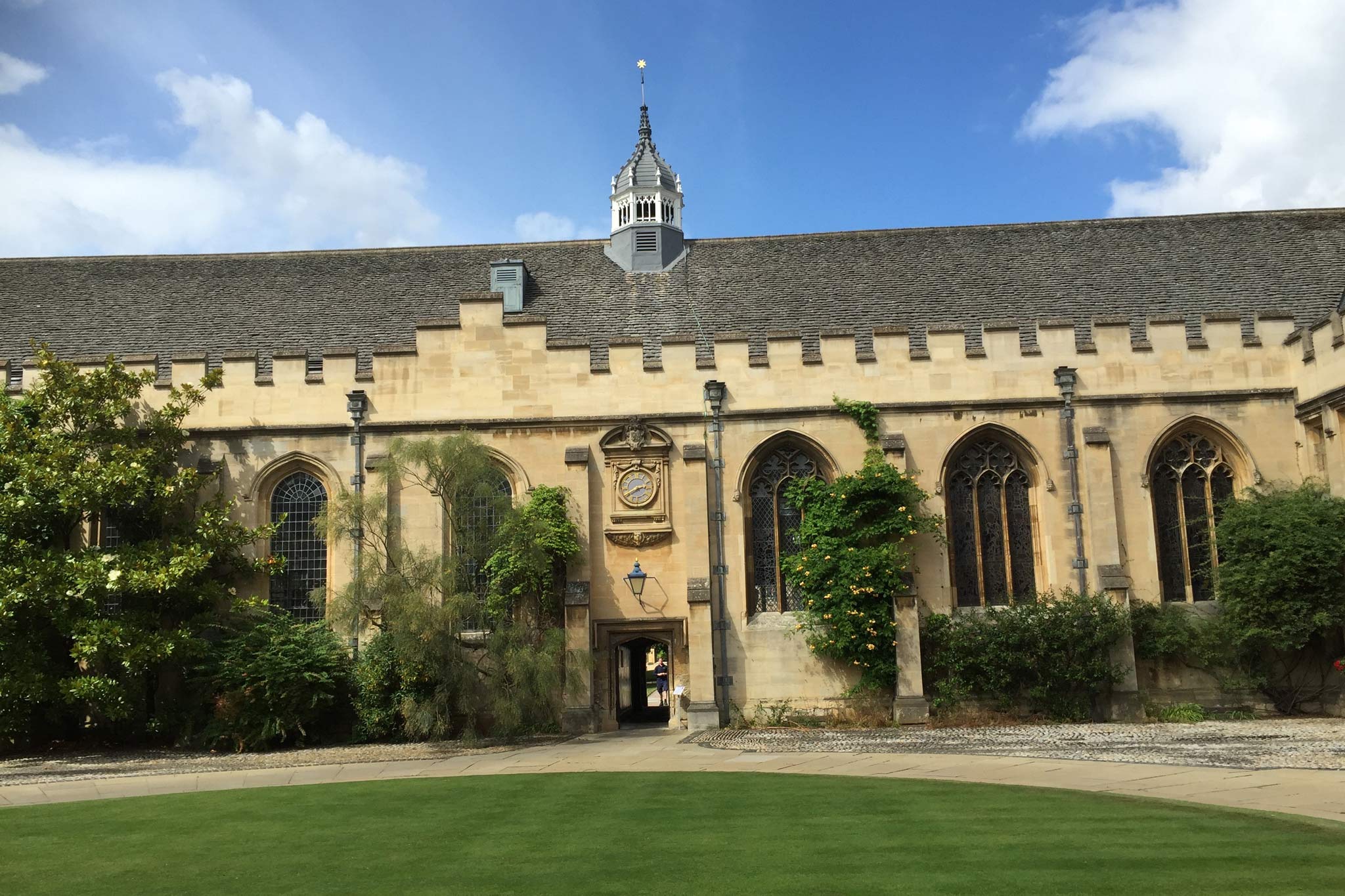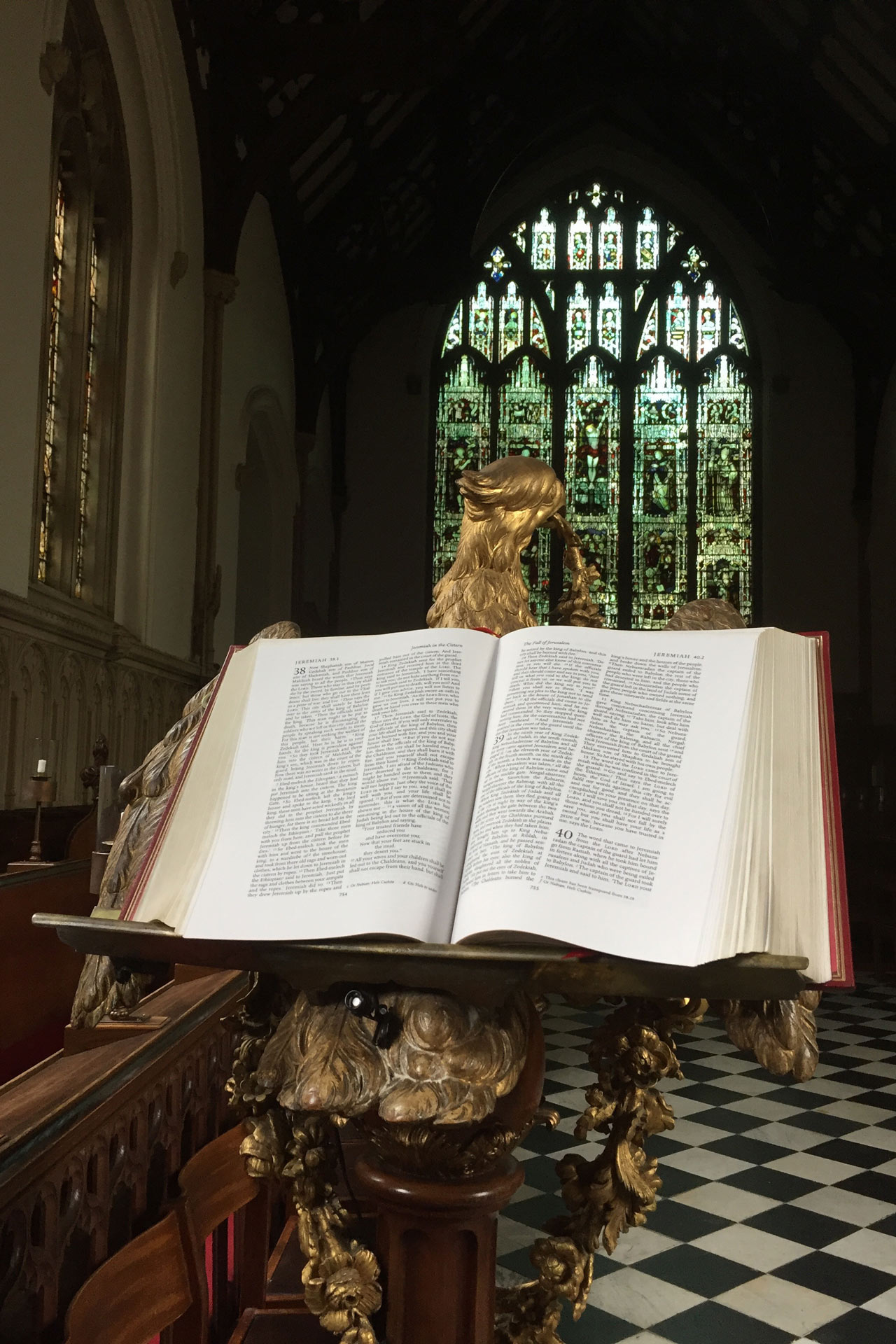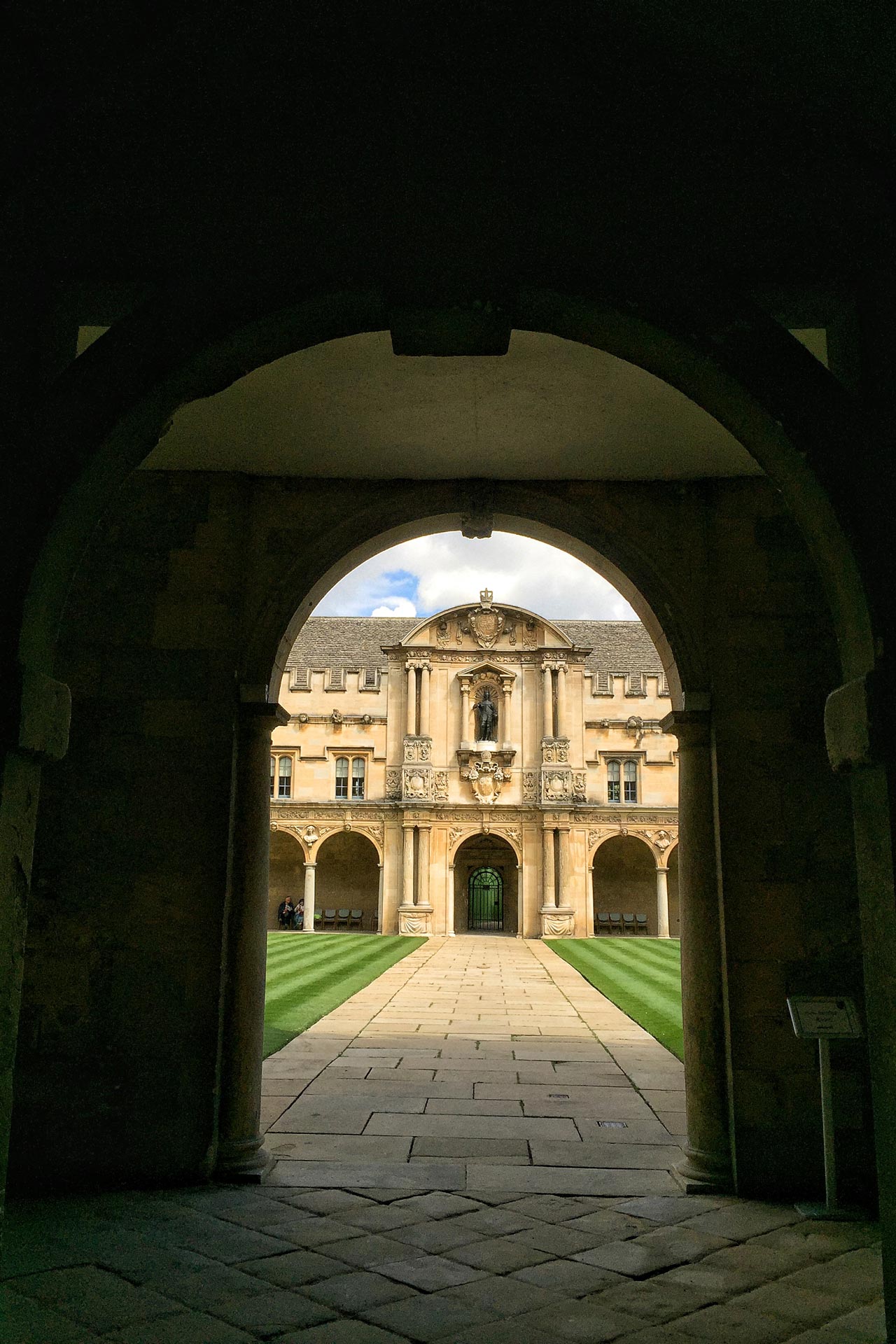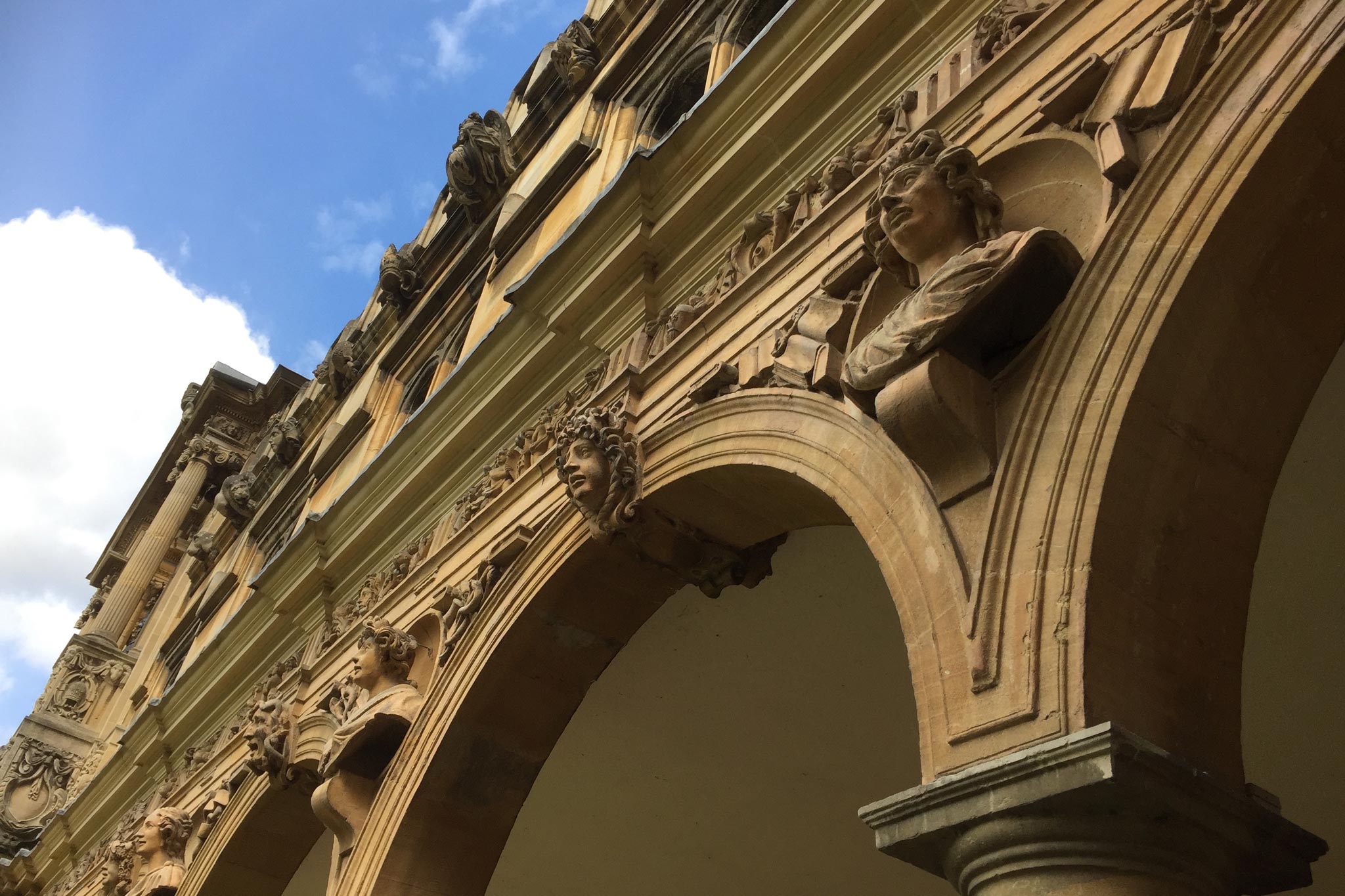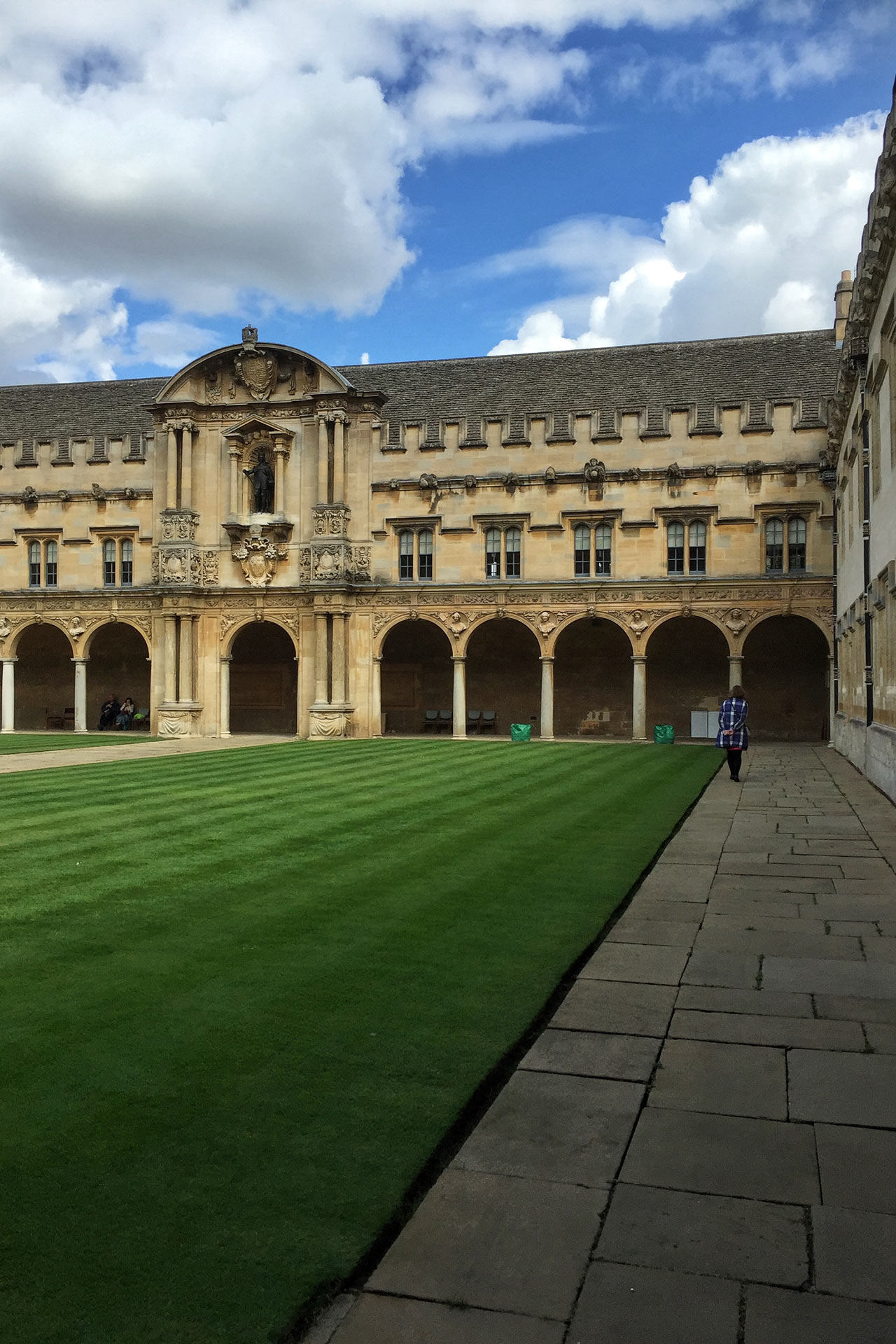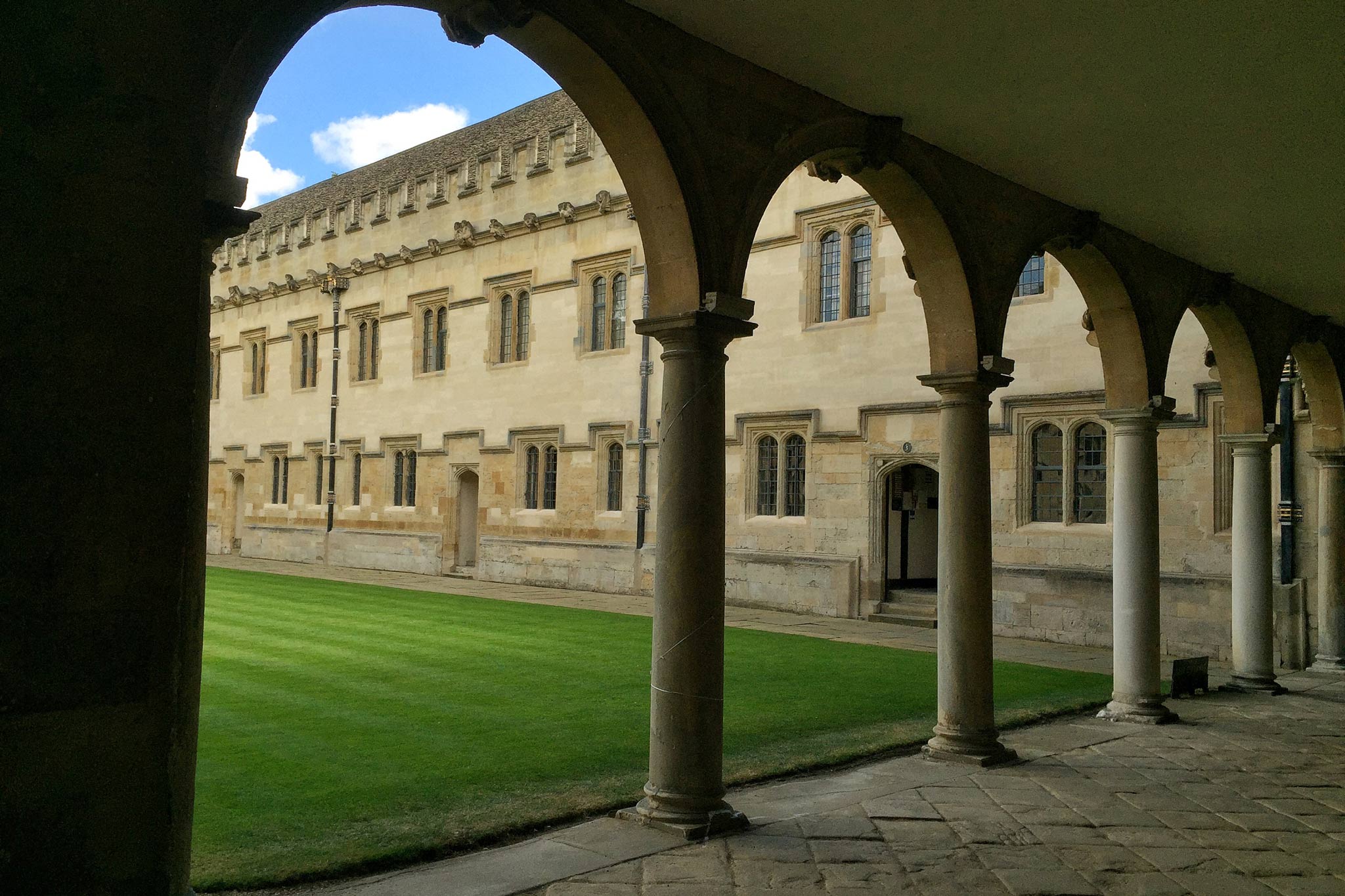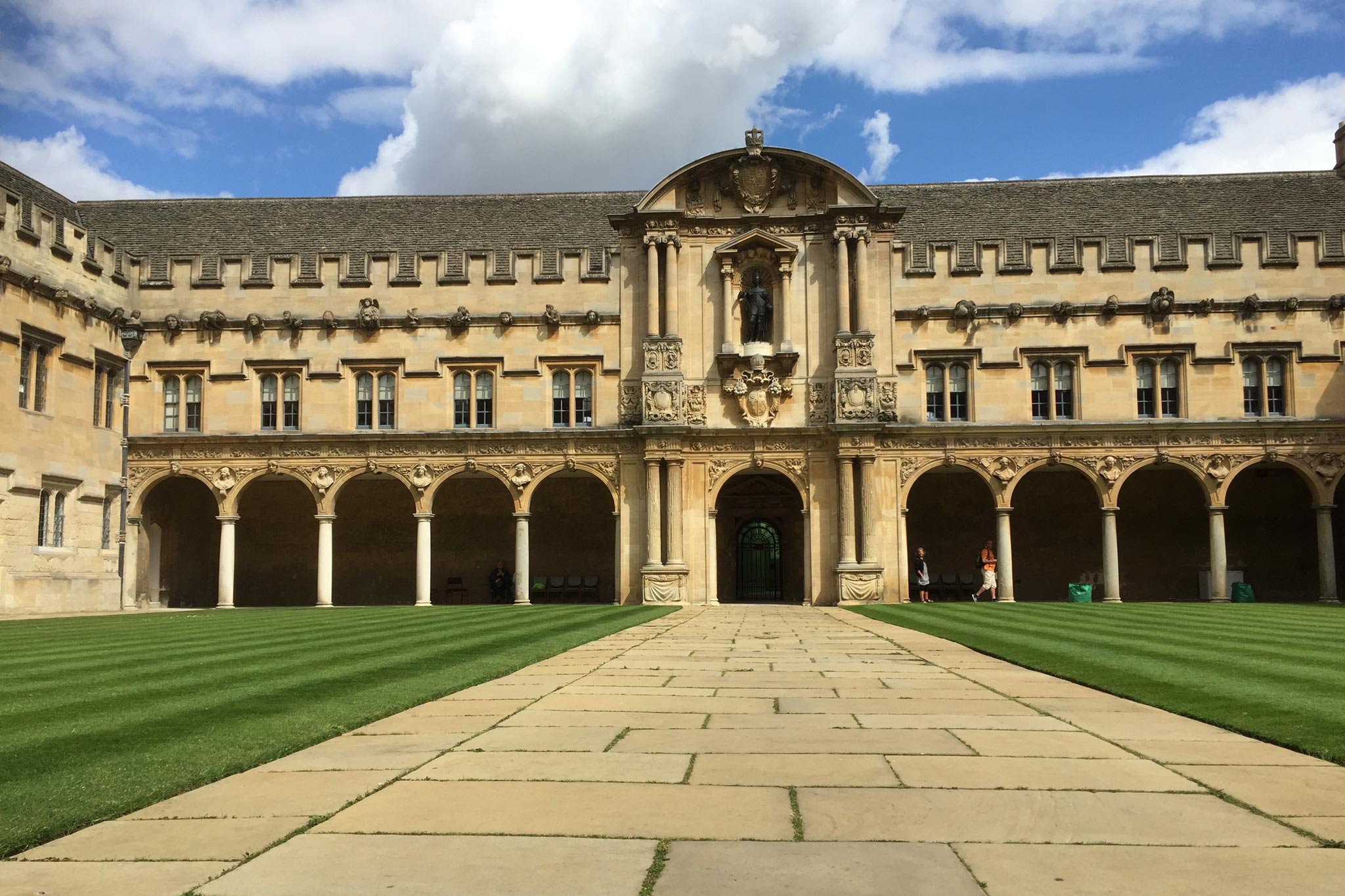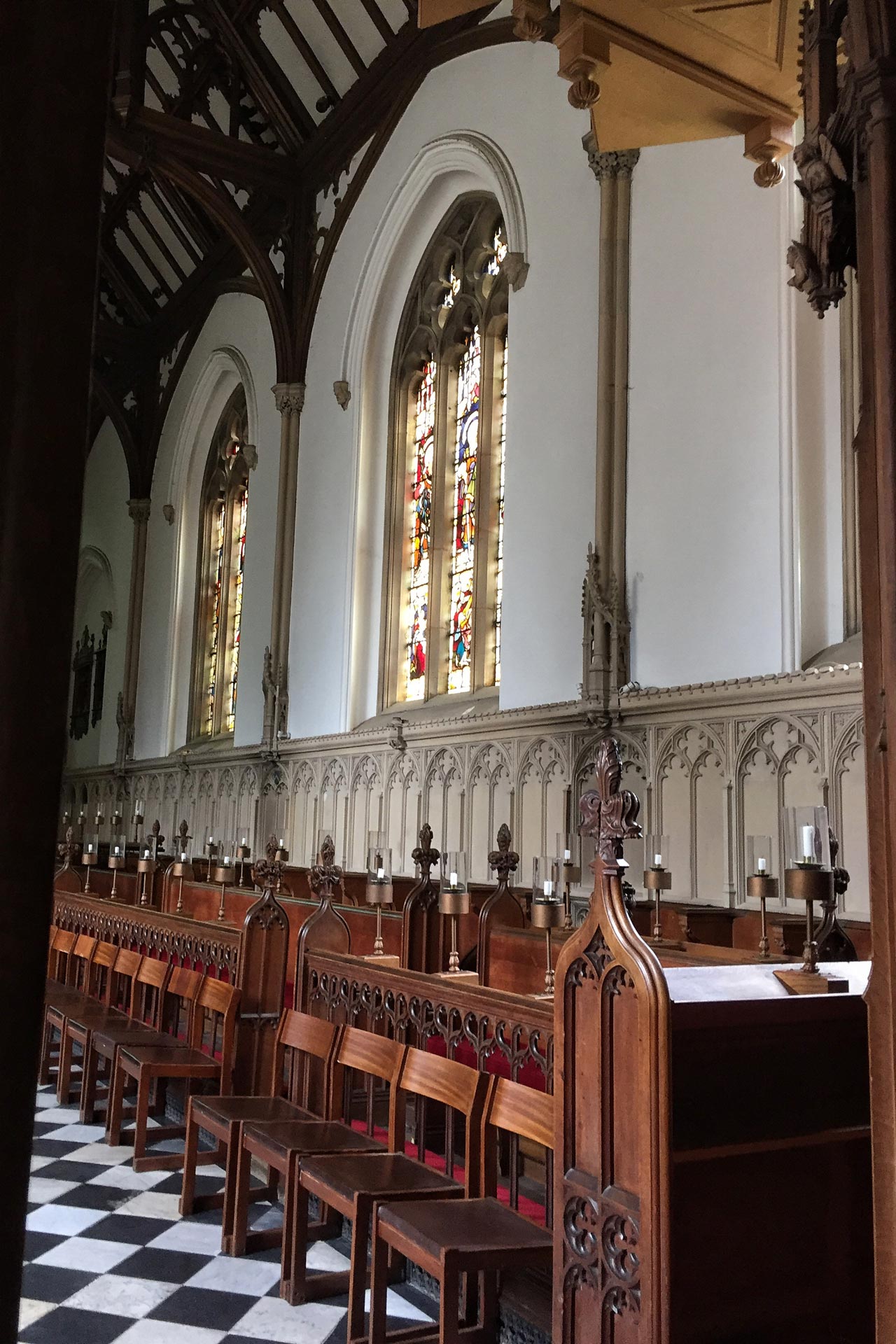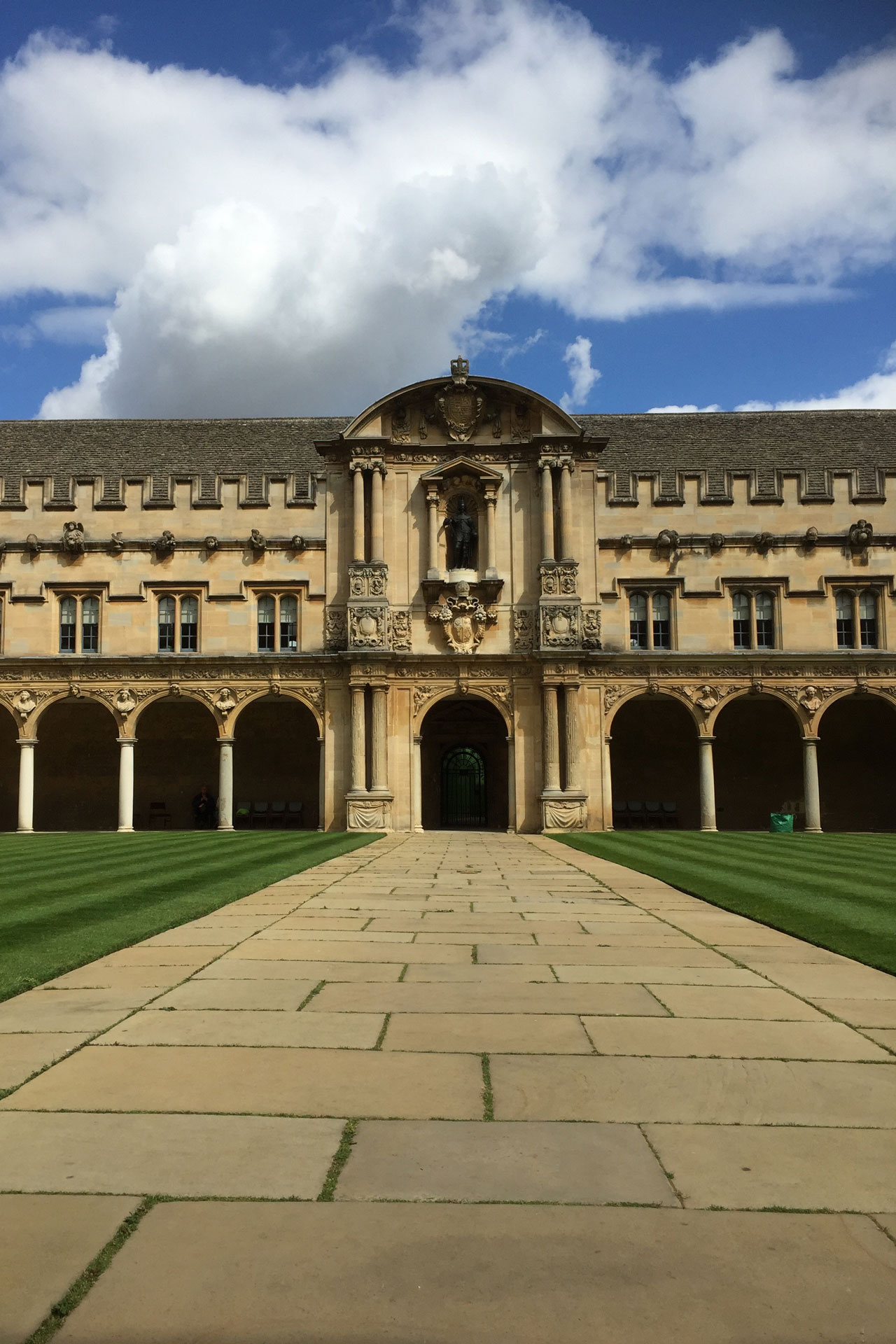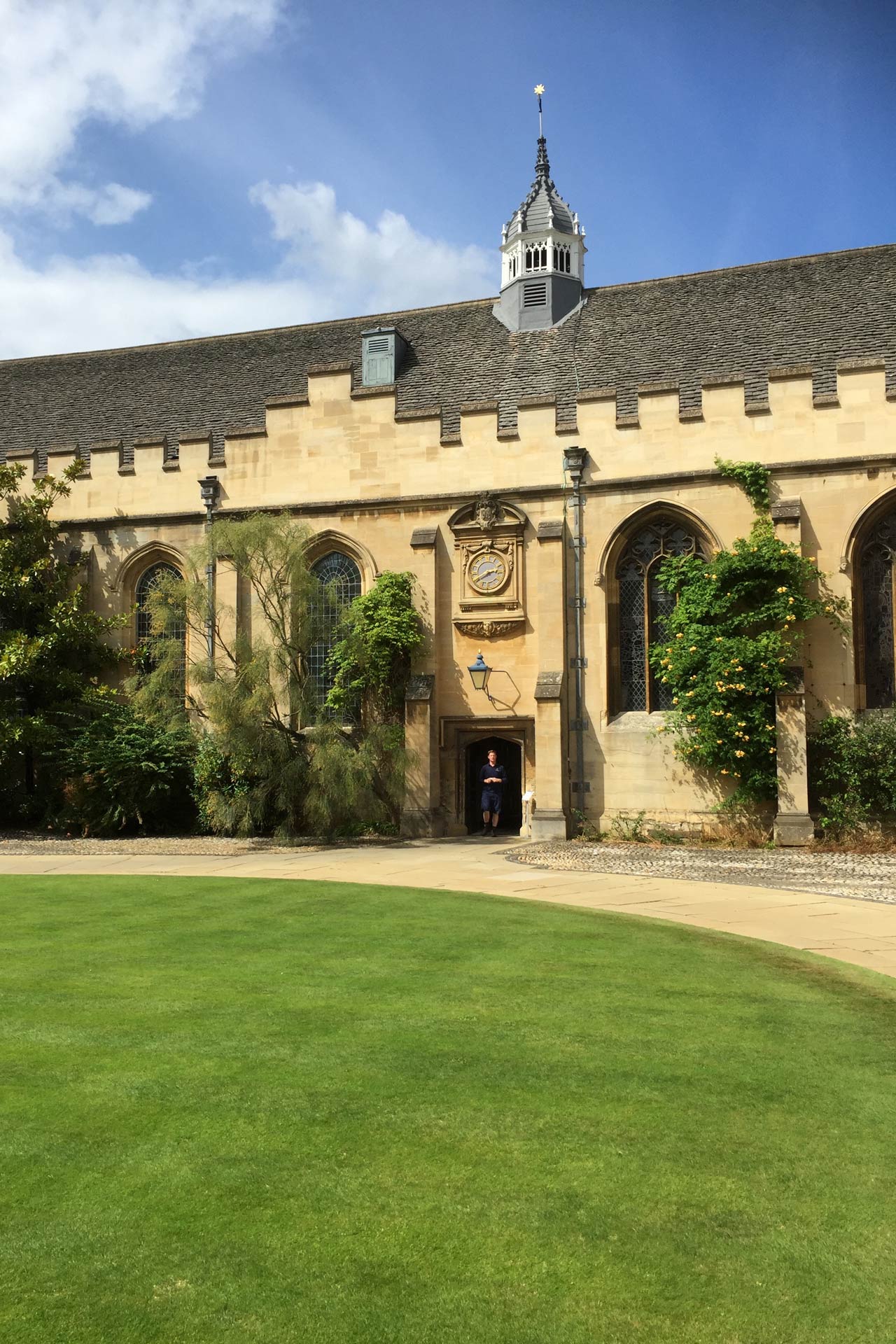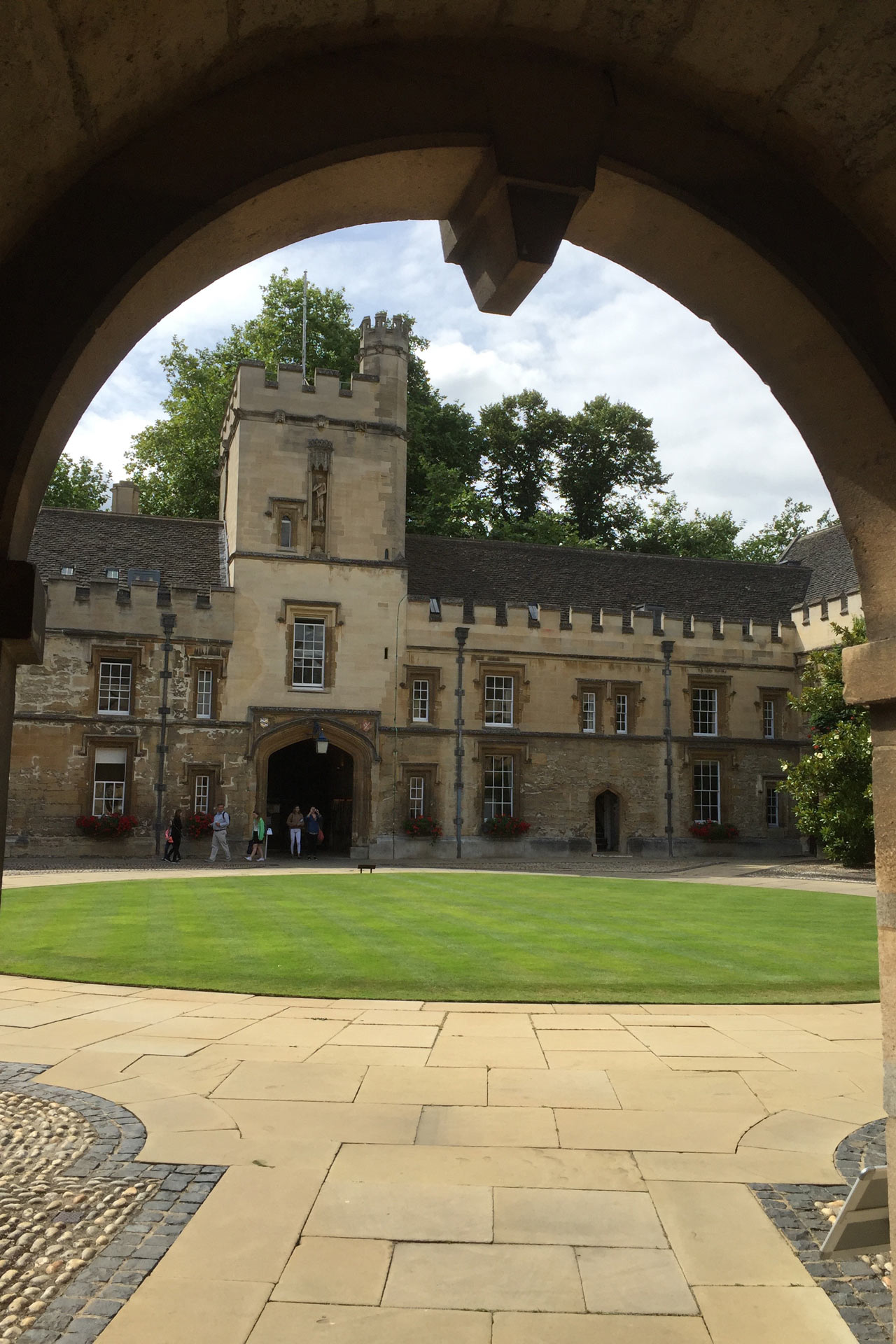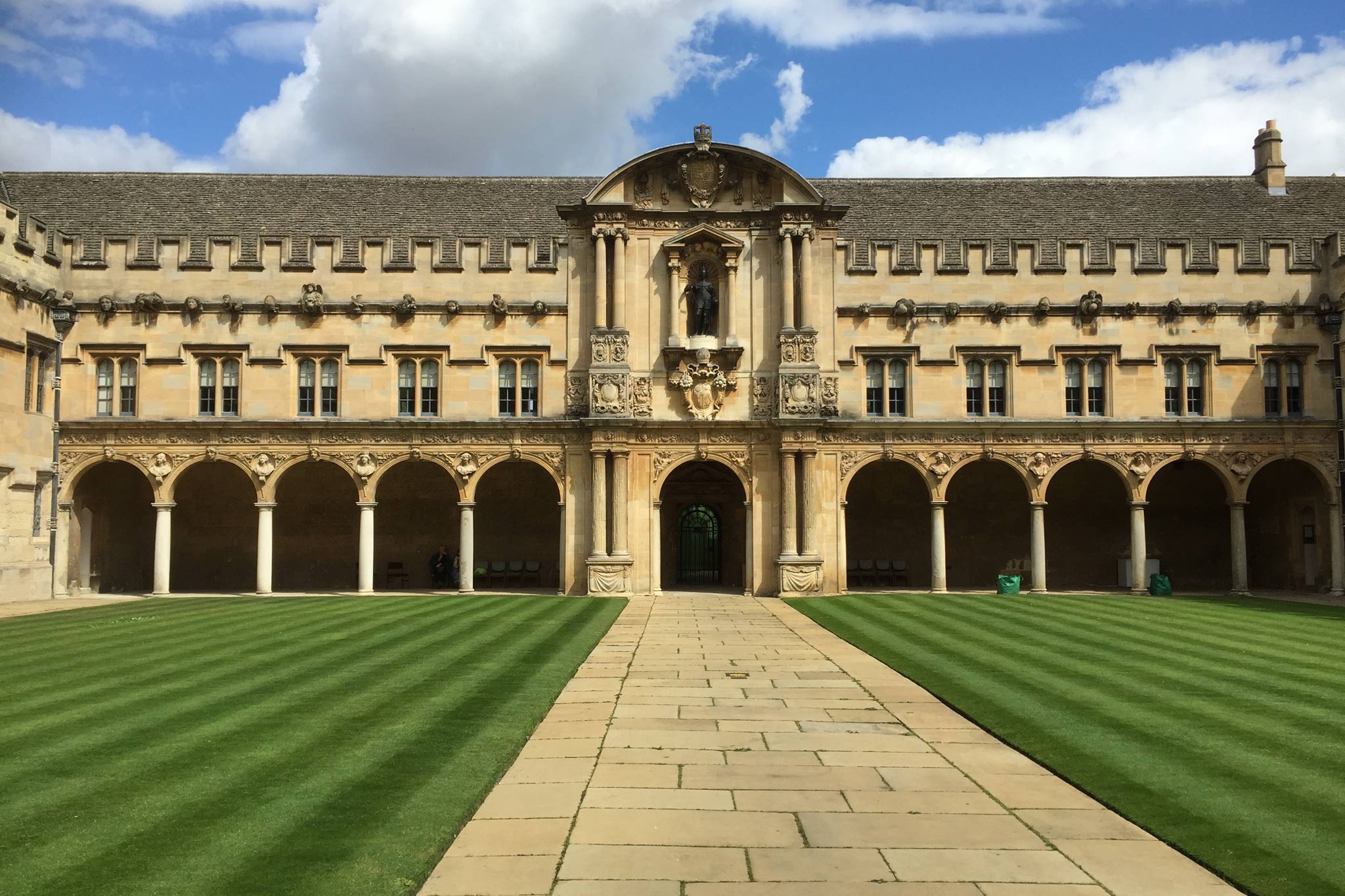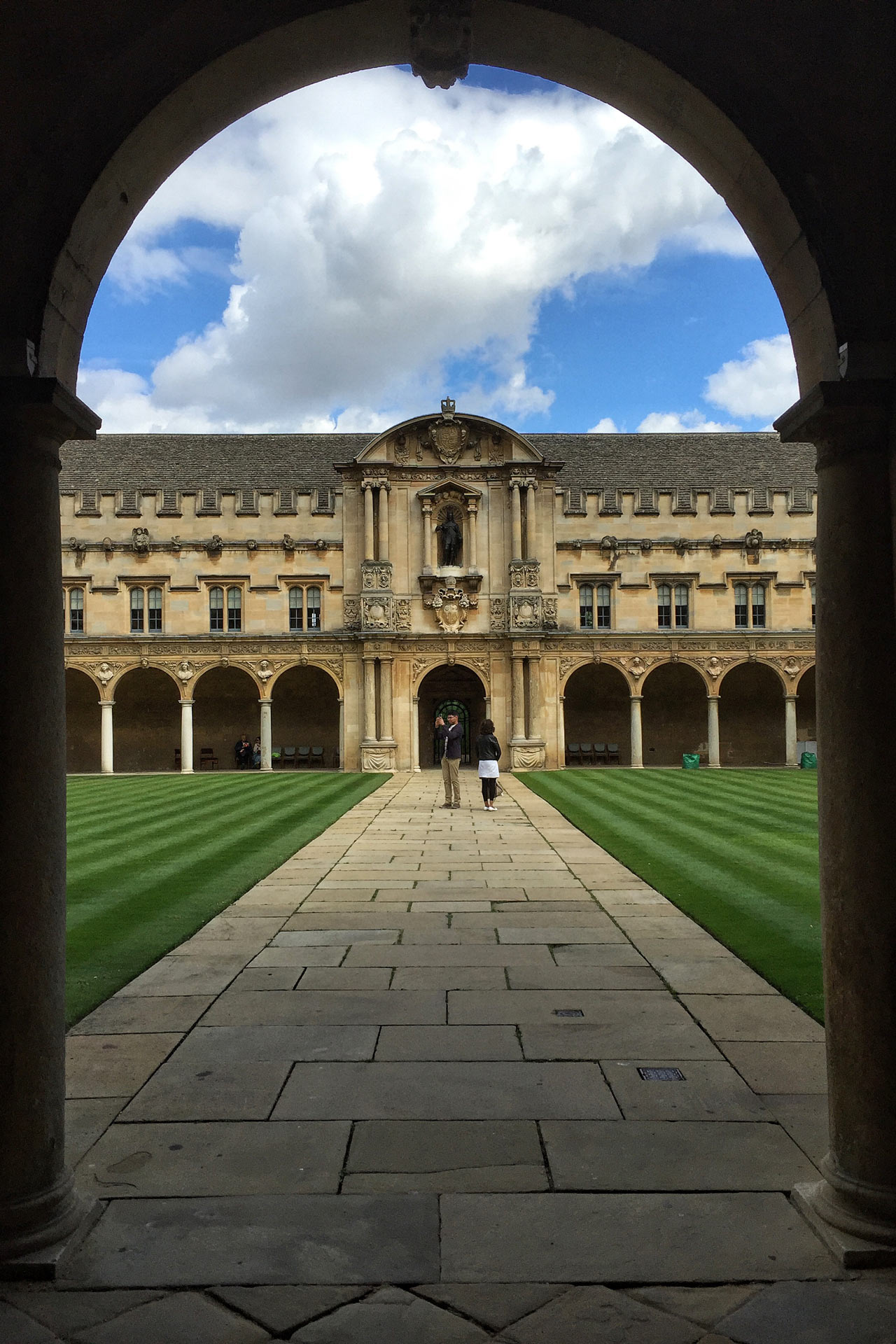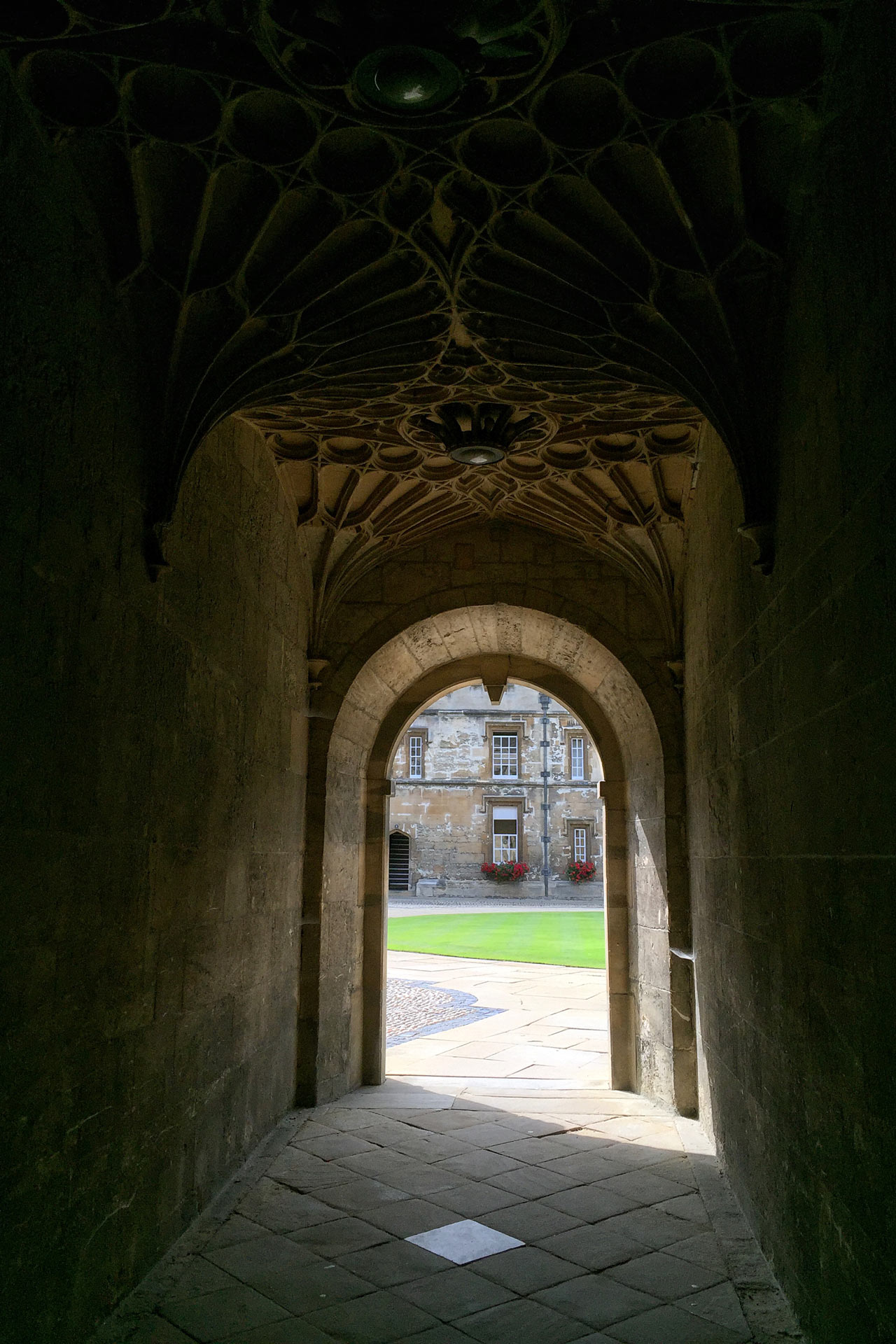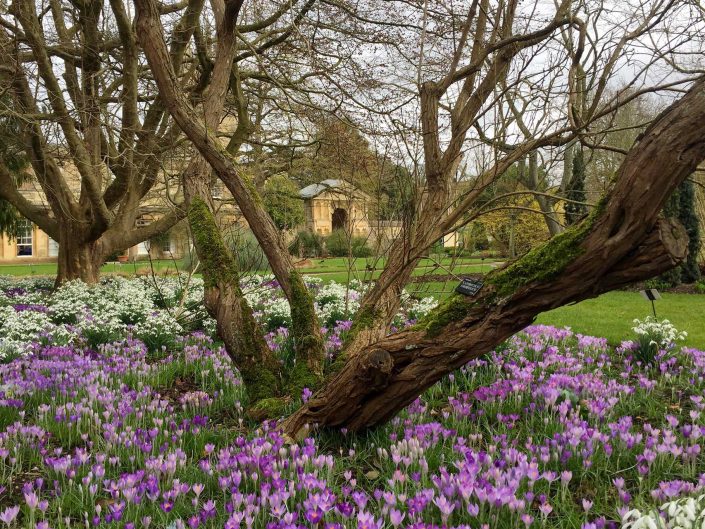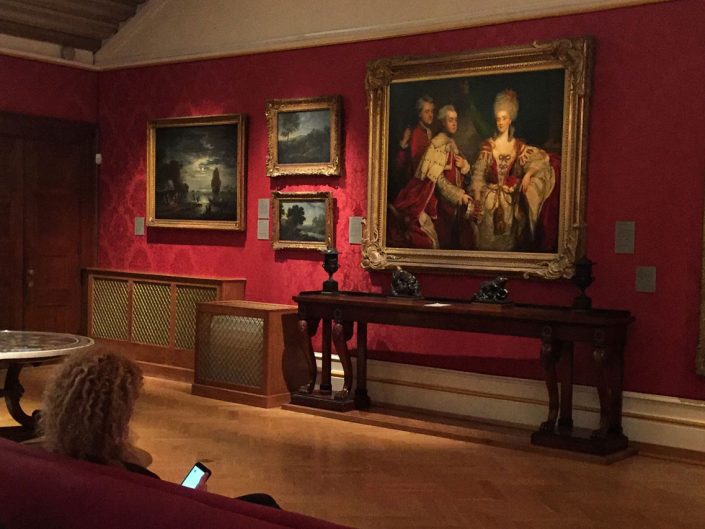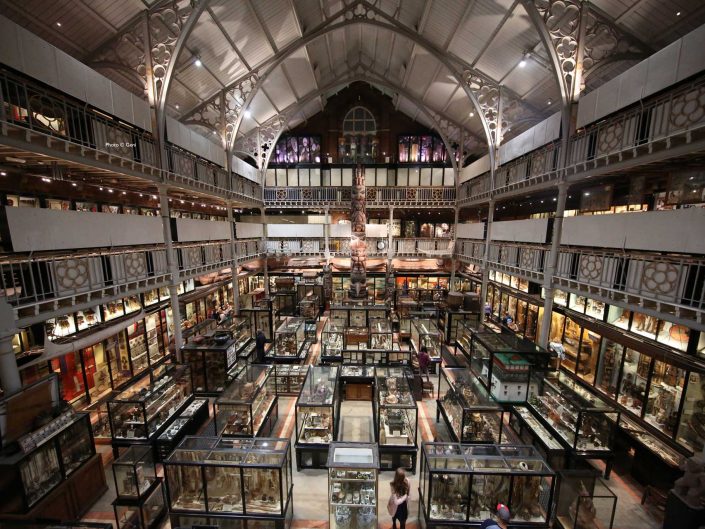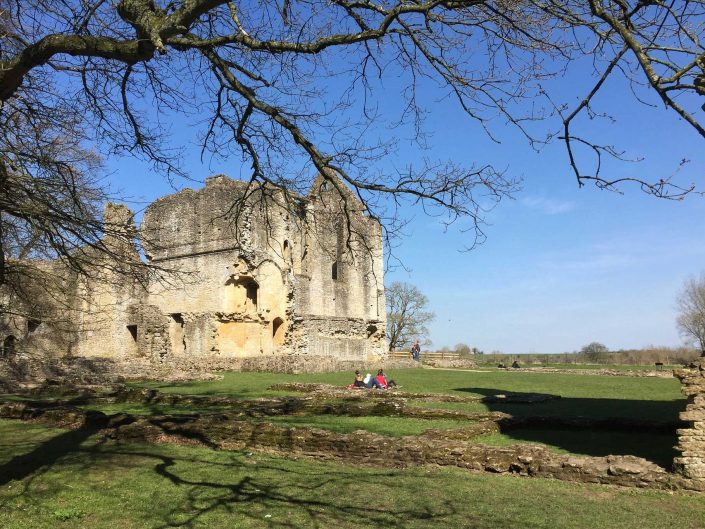St John's College
Stand in the sun to soak-up the spellbinding beauty of the St John’s architecture hidden away from the hustle and bustle of the city-life outside.
St John’s, the wealthiest and some may also add the most spectacular college in Oxford, will surprise you with its Italian renaissance architecture. This college has all the key ingredients – breathtaking courtyards, beautiful chapel and a dining hall, and almost best of all, peaceful gardens.
St John’s college was founded in 1557 by Sir Thomas White, a London merchant and Lord Mayor of London, whose object of the foundation was to ‘strengthen the orthodox faith’ as the college was to provide educated clergy who could hold their own in argument with Lutherans and Calvinists. Having obtained it from Christ Church in 1555 the site and buildings of St Bernard’s College, which were used as the basis for St John’s buildings and garden. Rumour has it the founder was guided to St. Bernard’s by a dream in which he saw a building and near it two elm-trees springing from one stem, and for generations a tree of this kind was identified as the Founder’s Tree. Strangely enough there is a contemporary evidence proving that there is some truth in the story.
Image credit: St John’s College by Dick Sanderman.
Although St John’s initially had a strong focus on the creation of an educated priesthood, later on it also gained a reputation for both law and medicine. Nowadays the college has approximately 390 undergraduates, 250 postgraduates as well as over 100 academic staff.
With its own wine cellar, tennis courts and auditorium, St John’s maintains the largest endowment of the Oxford colleges, largely due to their extensive land holdings and ground rent income which over the centuries, as Oxford expanded, became increasingly valuable. Many may not know the college owns the Oxford Playhouse building, and two of the most famous pubs – The Lamb and Flag and The Eagle and Child, which are a must visit while touring Oxford.
Want to see more? Visit the full gallery and get to know St John’s College better.
In comparison to other colleges, St John’s offers only the outside sightseeing of its grounds meaning you can’t go inside its buildings to have a look around. Even so, there is plenty to admire plus there is no charge for entry which is an added bonus.
Take an opportunity to admire the breathtaking quadrangles and imagine those who have walked here before you. If you’re styaing in Oxford for longer you may also enjoy visiting St John’s chapel and hearing the college choir who sings evensong services on Sundays and Wednesdays during term time, as well as singing the grace at Sunday formal hall.
While walking through to the gardens, spend some time in the Canterbury Quadrangle where you will be able to see a statue of King Charles I at one end, and his wife Queen Henrietta at the opposite end, which were commissioned in 1633.
The college’s crowning glory is its 5 acres of gardens which are open to the public 1-5pm daily (or until dusk in winter). Some say best time to visit the gardens is early spring when the thousands of crocus flowers are in full bloom.
The history of the buildings and past personalities make St John’s College what it is today. Notable people such as Archbishop Laud, Jane Austen’s father and brothers, the early Fabian intellectual Sidney Ball, and Abdul Rasul (one of the first Bengalis to gain the degree of Bachelor of Civil Law at Oxford), studied within the walls of St John’s.
More recently, graduates of St John’s have included the novelists and poets A.E. Housman, Robert Graves, Kingsley Amis, Philip Larkin and John Wain, as well as former Prime Minister, Tony Blair.
Opening hours:
Front Quad, Canterbury Quad, the Chapel and Kendrew Quad are open to the public 1-5pm daily, or until dusk in winter. The College is closed to visitors on Christmas Day and Boxing Day.
Tickets and Prices:
Visiting college is free of charge with up to three guests, at any time during daylight hours.
Visiting Bagley Wood:
There is also an opportunity to see St John’s Bagley Wood, an ancient wood, which is open to the public by permit from St John’s College and a fee of £5. Applications for a walking permit should be made to the Bursary, visit this page for more information.
